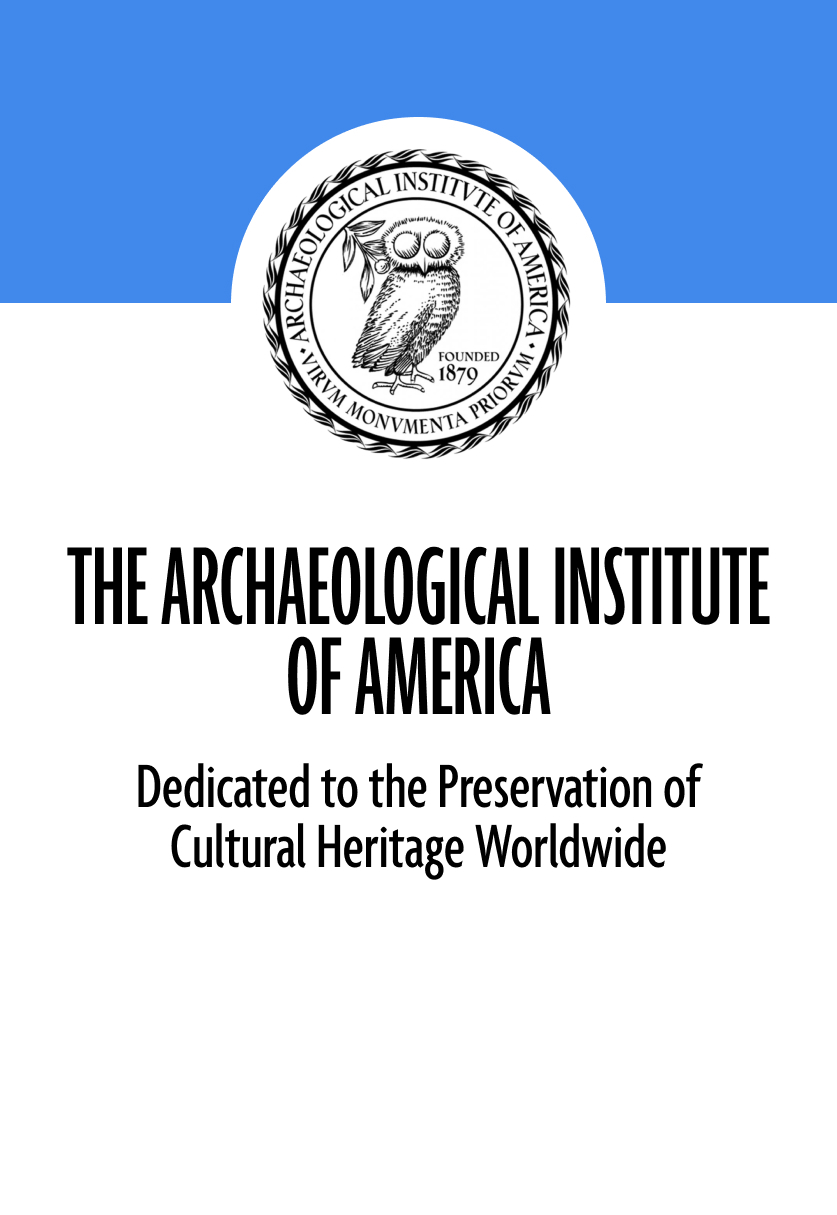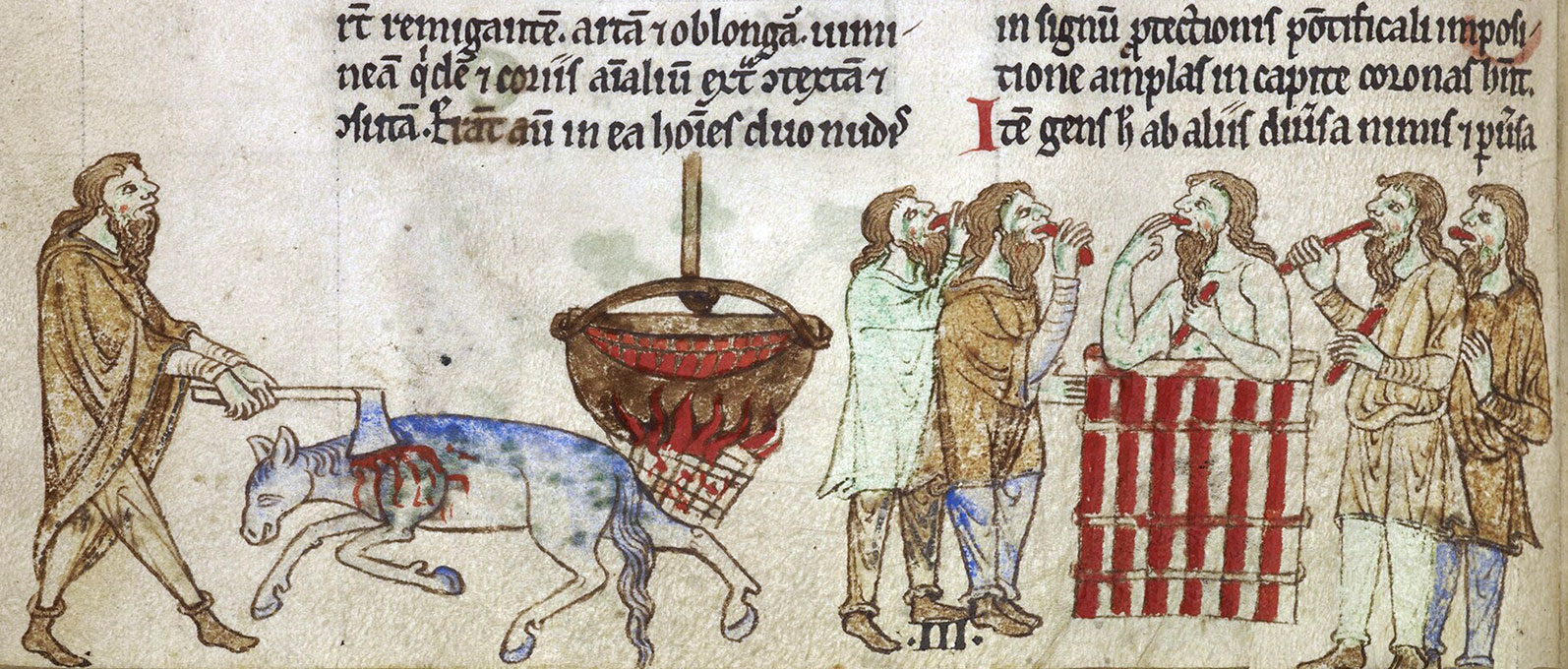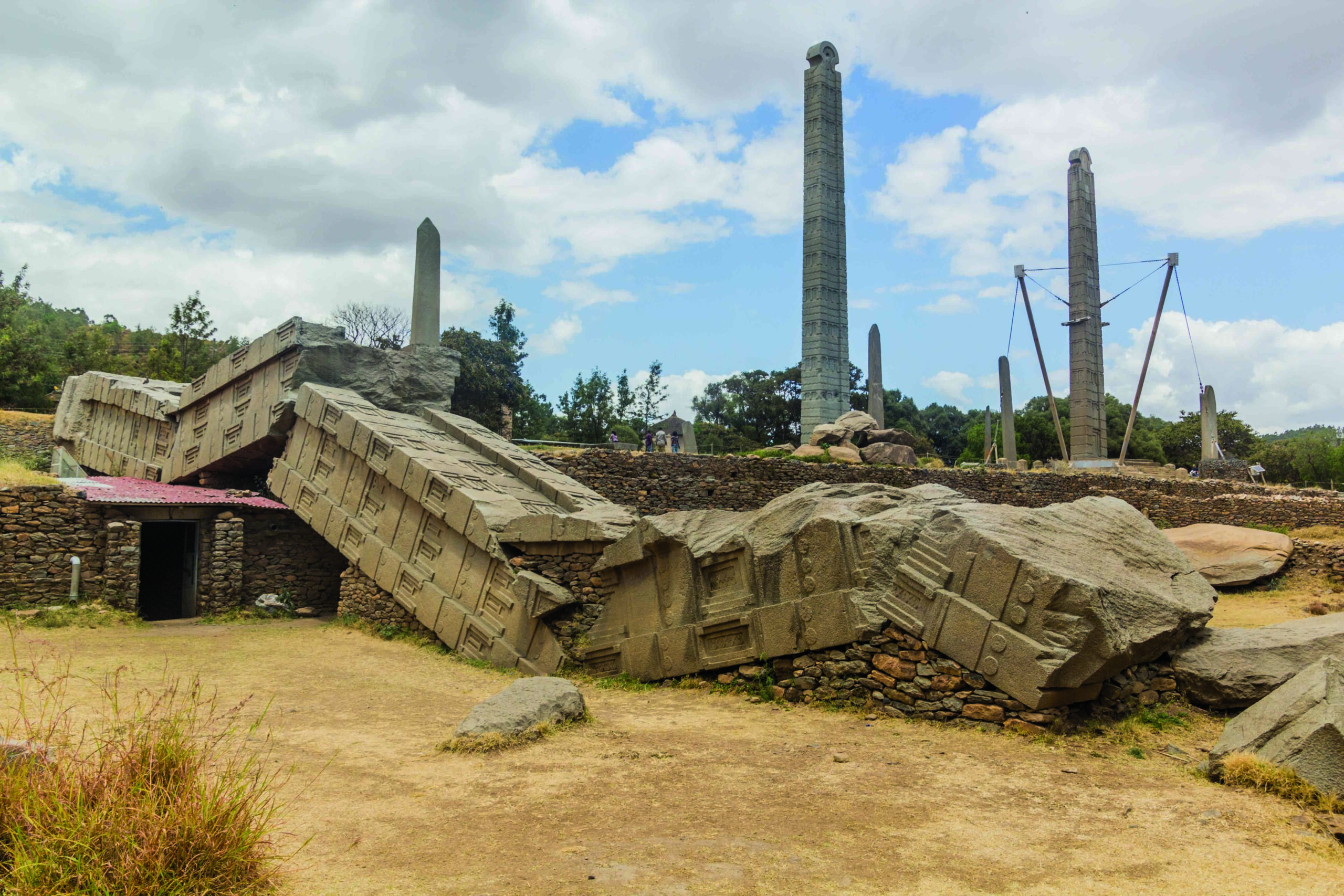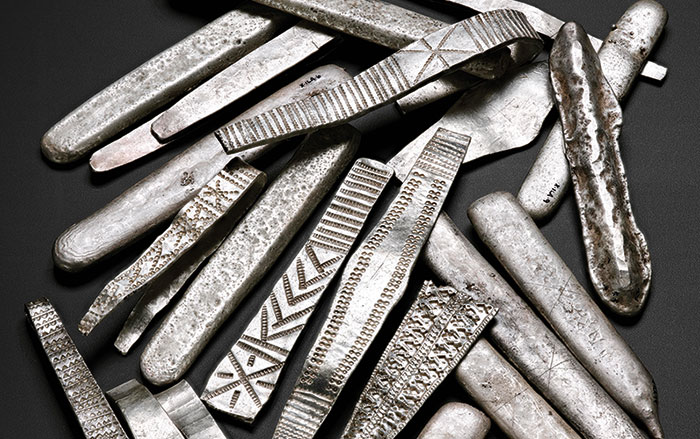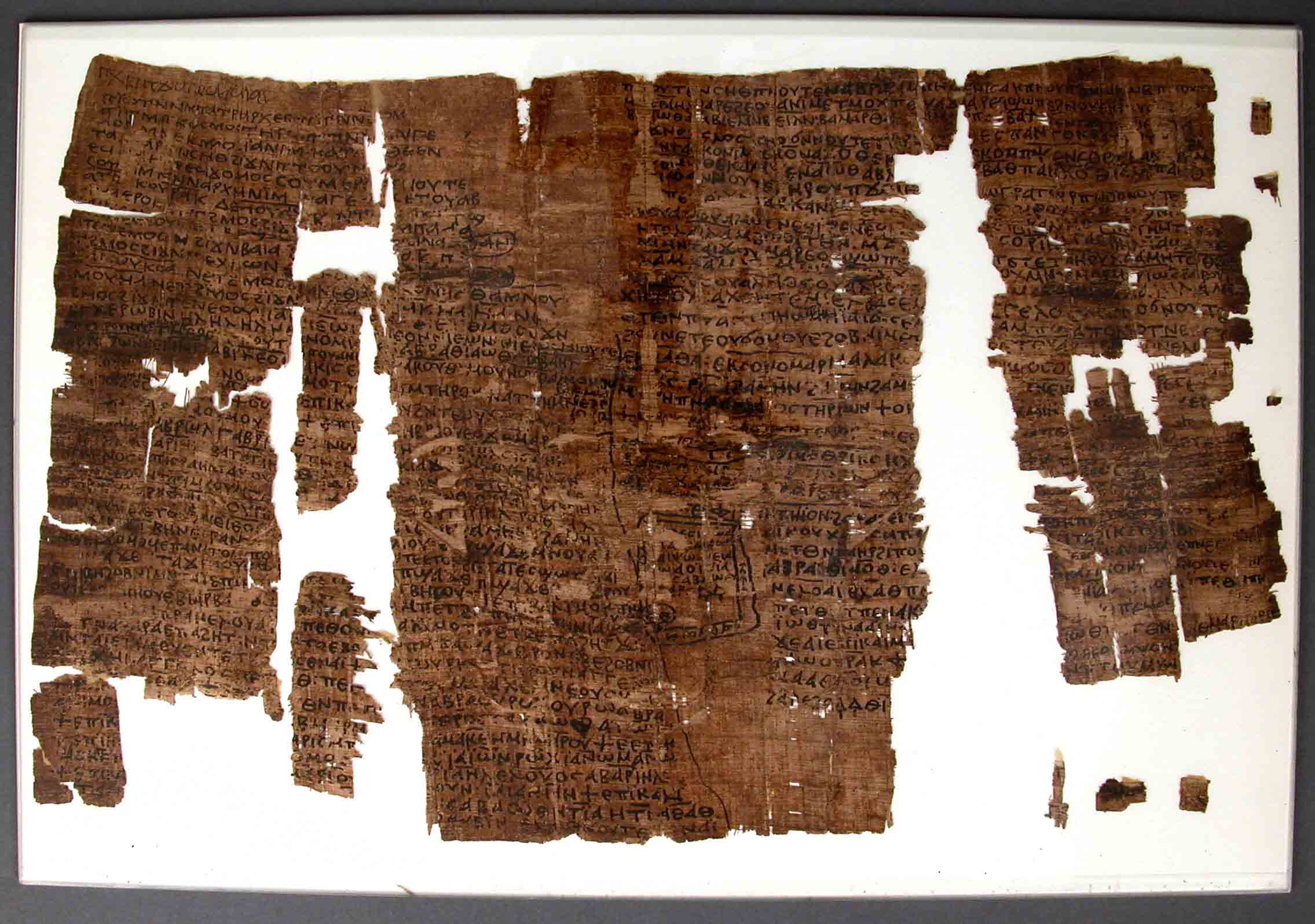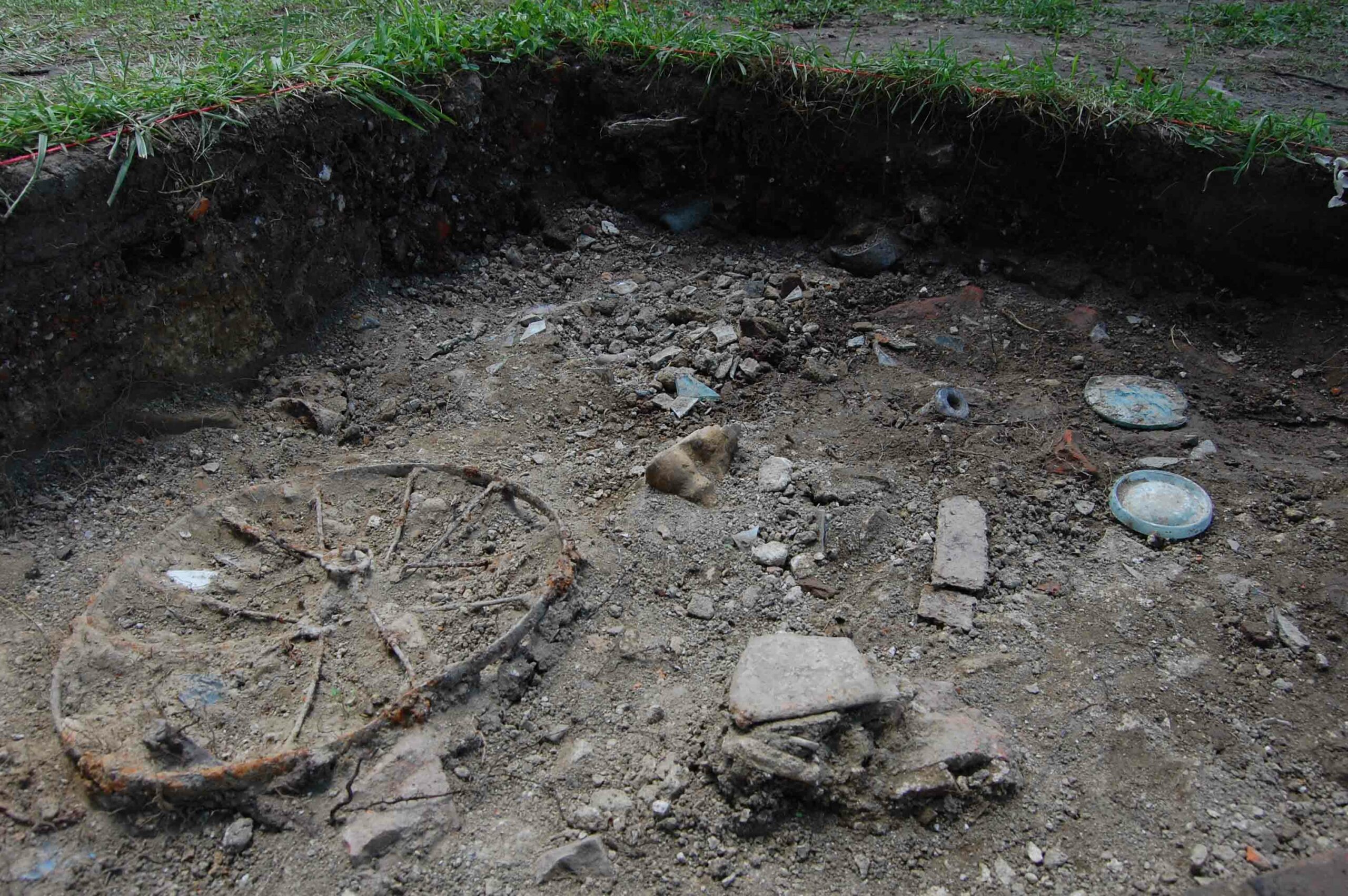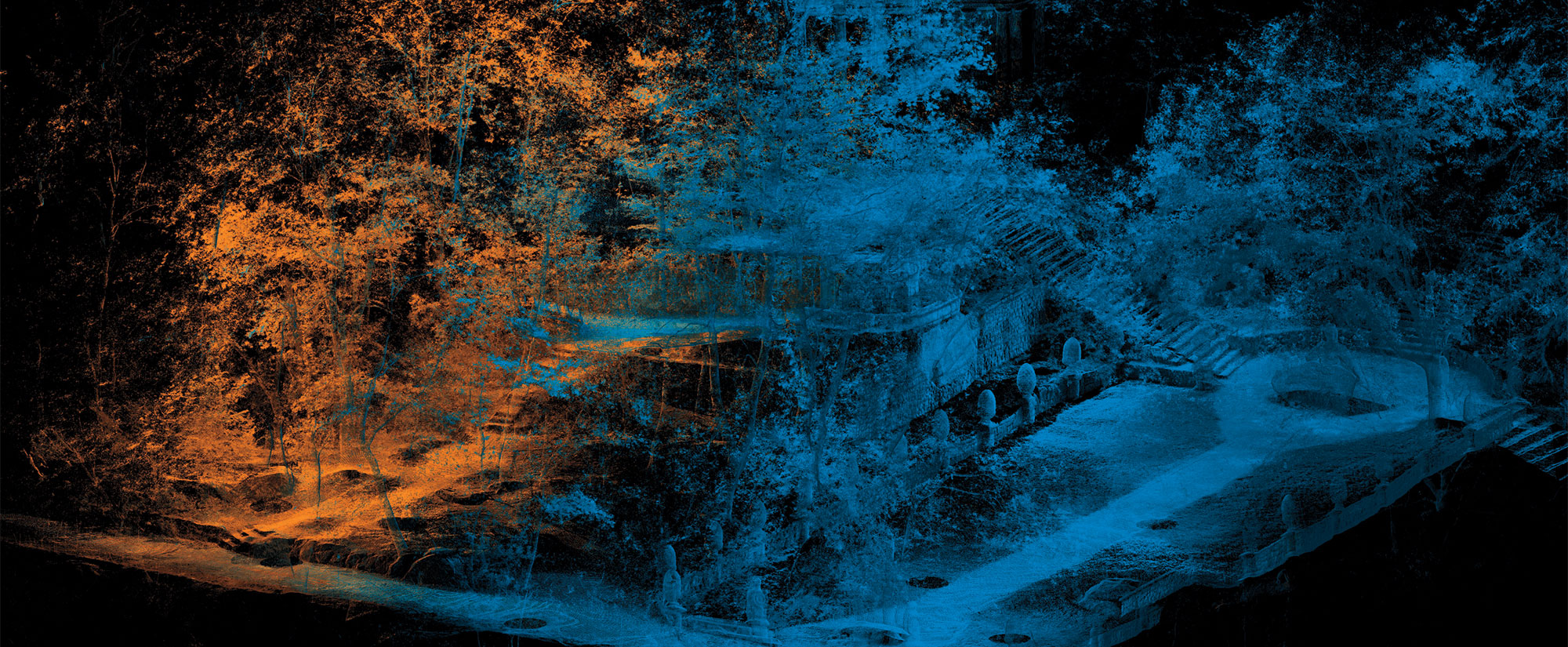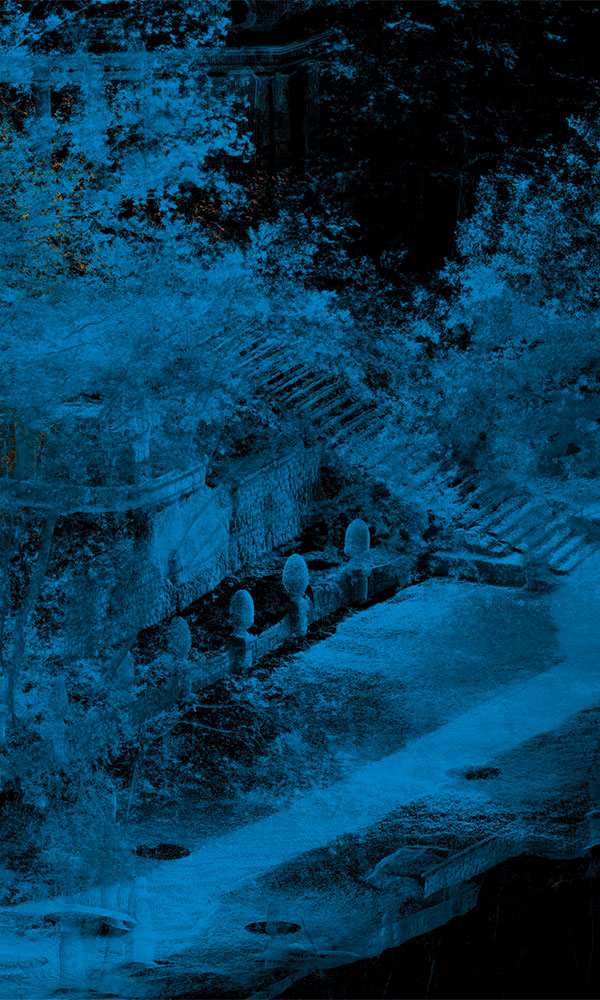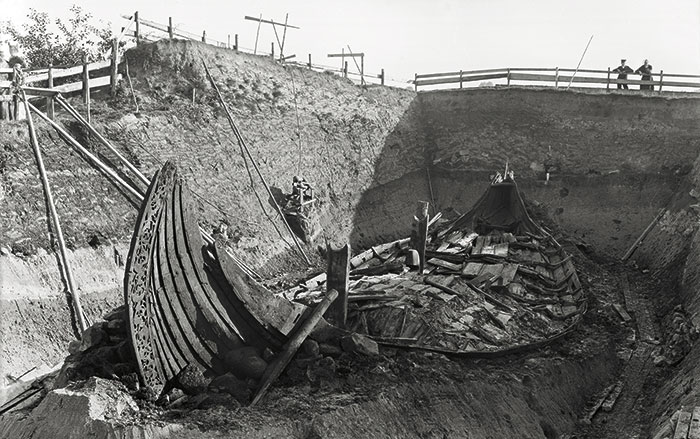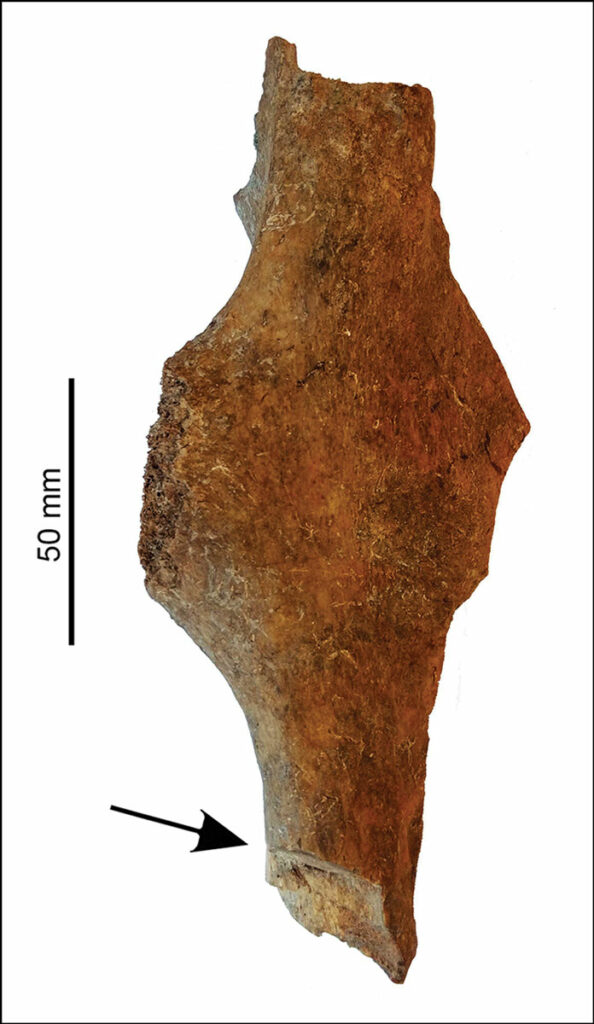
STOCKHOLM, SWEDEN—Archaeologists and historians have long believed that there was a direct correlation between the adoption of Christianity in Europe and the decline of horsemeat consumption. While the Catholic Church never expressively forbade the eating of equines, it was seemingly frowned upon, and many Christian medieval sources describe it as a barbaric practice. To test this theory, researchers László Bartosiewicz of Stockholm University and Erika Gál of the Hungarian Research Network’s Institute of Archaeology examined the prevalence of horse bones at 198 medieval sites in Hungary, according to a report by Science News Today. The study surprisingly showed that there was still a very high percentage of butchered horse bones found at the sites dating to some 200 years after a.d. 1000, when Hungary converted to Christianity. In fact, horse remains made up as much as one-third of all identifiable animal bones in some domestic contexts. “These numbers are simply too high to dismiss as the odd animal slaughtered in desperation,” said Bartosiewicz. “People were still eating horse regularly. It was part of their culinary culture.” The study indicates that a decline in horse meat consumption eventually did take place after the Mongol invasion of 1241 to 1242. This was likely because horse numbers dwindled due to the conflict, making them less common and more valuable. As much as 50 percent of the Hungarian population may have also perished in the struggle. To repopulate his ailing nation, the king of Hungary encouraged the arrival of new settlers from Western Europe, who brought with them different culinary traditions. Read the original scholarly article about this research in Antiquity. To read about an unusual animal burial dating to the mid-sixth or mid-fifth century a.d. that was uncovered in west-central Hungary, go to "Like Cats and Dogs."
